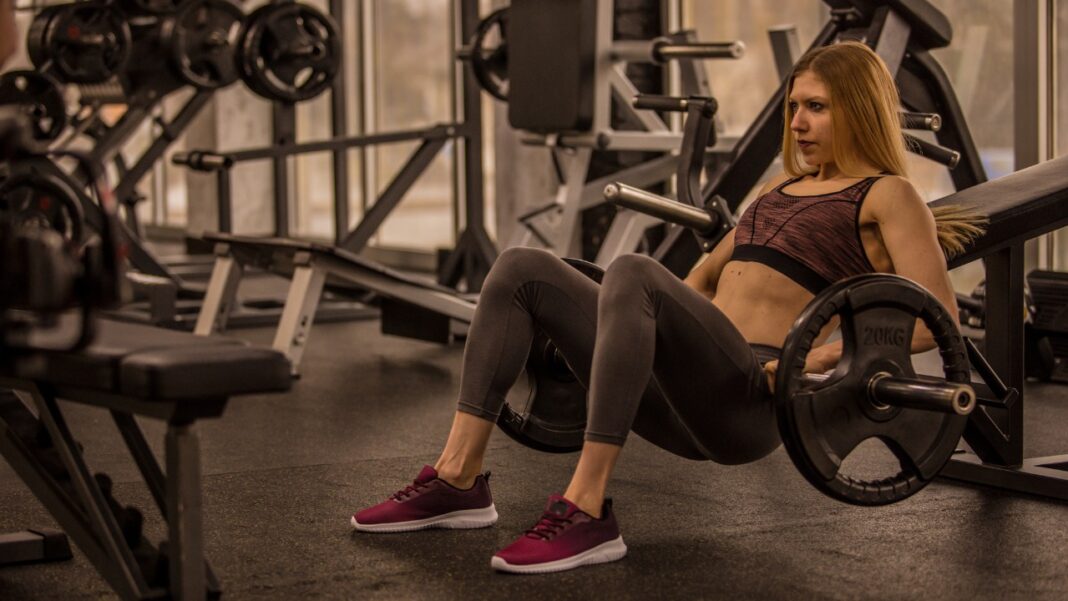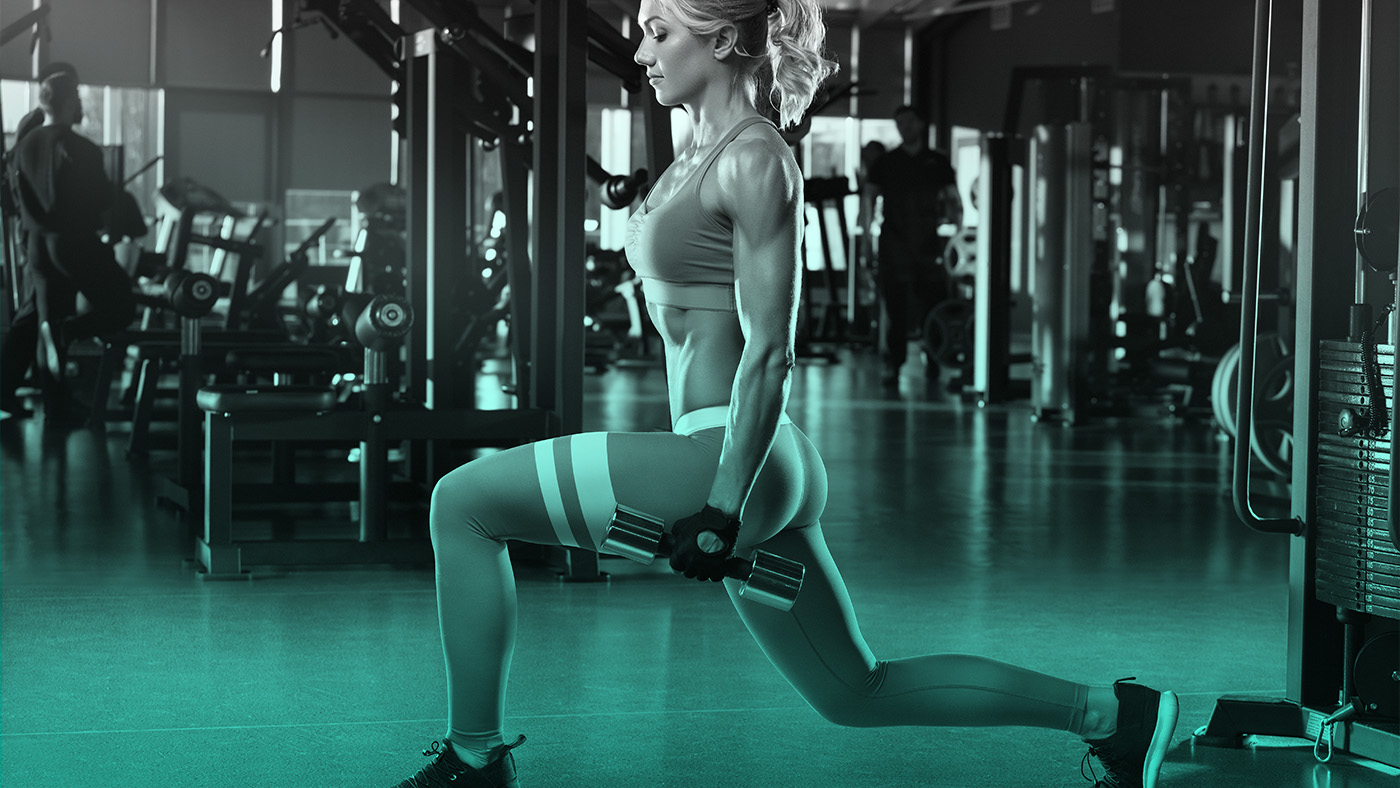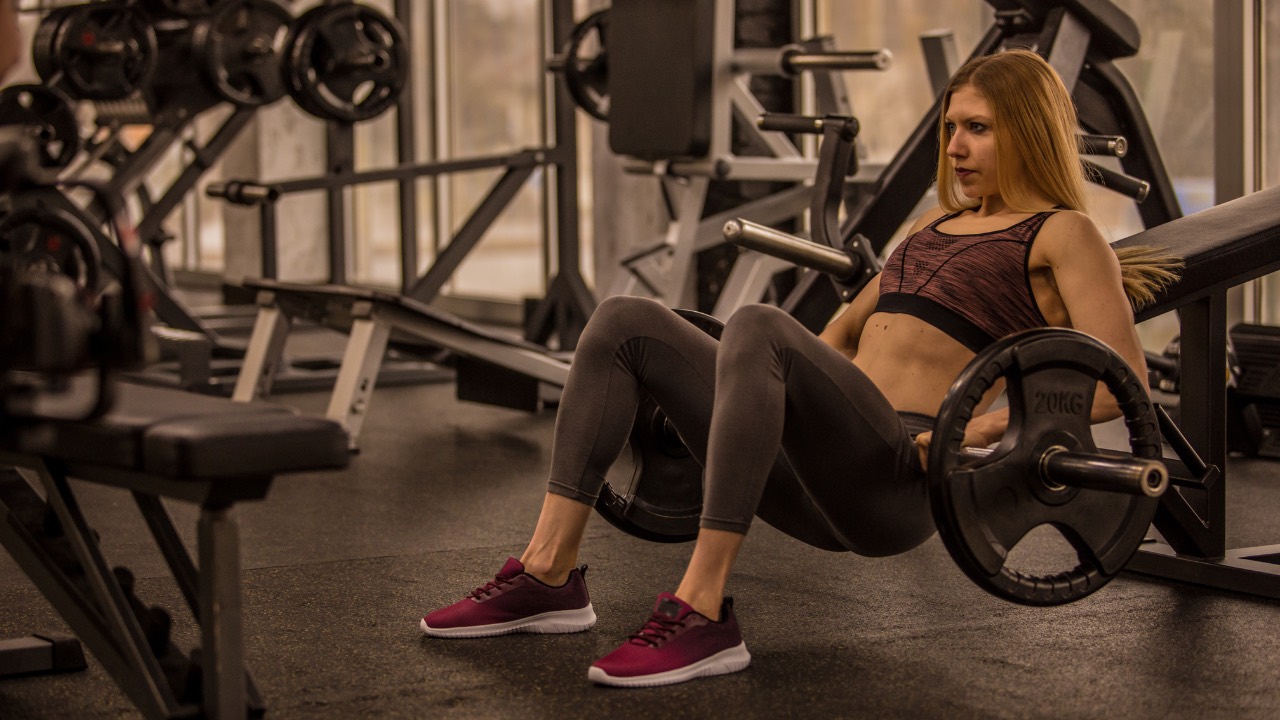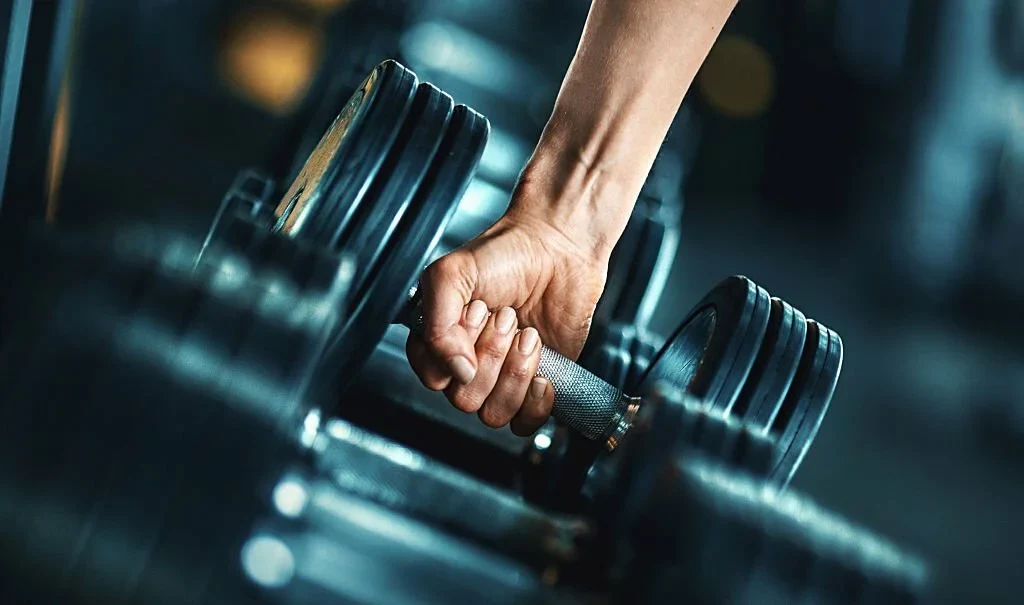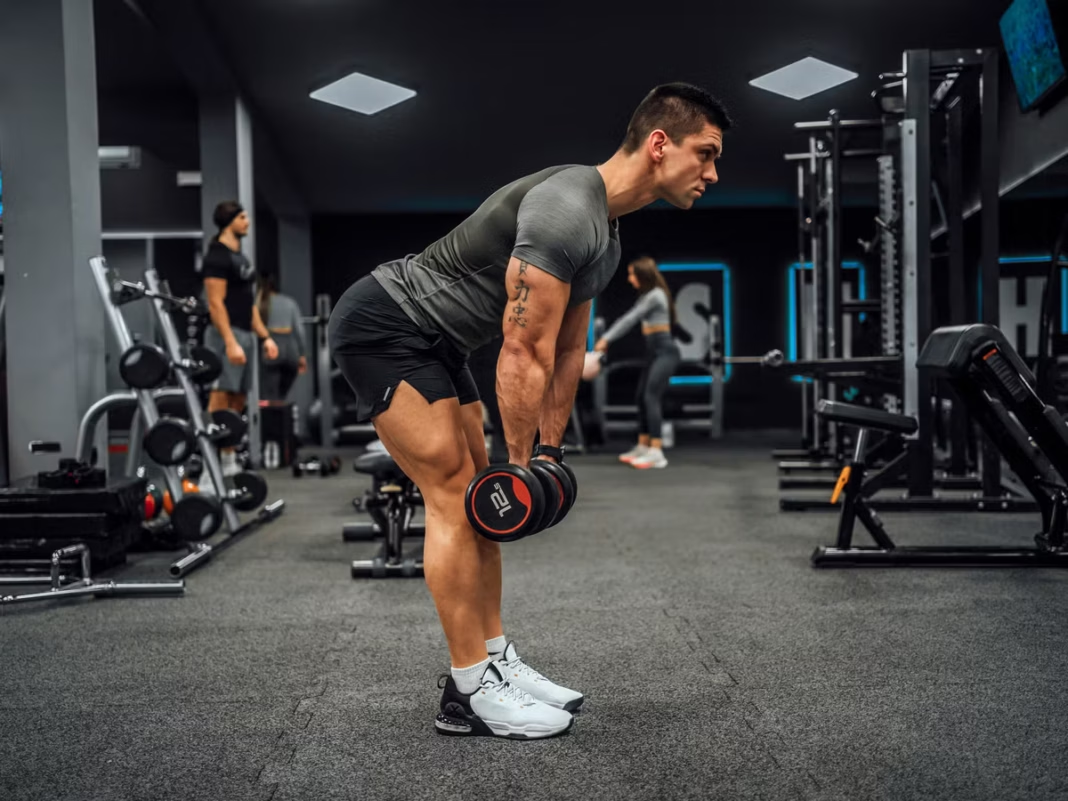The Ultimate Glute Training Guide for Muscle, Strength, and Performance
When it comes to building an elite physique, your glutes aren’t just another muscle group — they’re the foundation of power, posture, and aesthetics.
Yet in many training programs, glute work is either an afterthought or just a couple sets tacked on at the end of leg day. For bodybuilders and serious lifters alike, that’s a massive mistake.
Whether your goal is hypertrophy, performance, or maximizing your lifts, the glutes must be trained with the same strategic focus you give your chest, back, or arms.
This comprehensive guide will show you exactly how to do that — breaking down glute anatomy, training movement patterns, programming strategy, and practical workouts that deliver serious results.
Why Glutes Deserve a Front-Row Seat in Your Training Plan
Think of your glutes as the engine room of your lower body. They’re the largest and most powerful muscle group you’ve got — and they’re involved in nearly every major lower-body movement. Neglect them, and you’re leaving size, strength, and function on the table.
The Benefits of Strong, Developed Glutes:
- Strength & Power: Glutes drive hip extension, which is central to squats, deadlifts, sprinting, jumping, and lunging.
- Injury Prevention: Strong glutes stabilize your pelvis and hips, protecting your lower back, knees, and hamstrings from overcompensation and strain.
- Improved Posture: The glutes anchor your pelvis and spine, supporting healthy alignment.
- Balanced Aesthetics: A well-developed posterior completes the physique, especially from the side and rear.
If you’re grinding away at squats but your glutes are lagging, chances are you’re not training them with enough specificity or intent. Let’s fix that.
Know Your Glutes: Anatomy Breakdown
A smarter approach to glute training starts with understanding what you’re actually working with. The glutes are not just one big muscle — they’re a complex of three key players:
Gluteus Maximus
- The powerhouse of hip extension.
- Activated during movements like hip thrusts, Romanian deadlifts (RDLs), lunges, and squats.
- Primarily responsible for generating strength and size.
Gluteus Medius
- Works behind the scenes to stabilize the pelvis.
- Handles hip abduction (moving the leg out to the side).
- Crucial for balance, knee tracking, and single-leg strength.
Gluteus Minimus
- The smallest and deepest of the glutes.
- Assists the medius in stabilization.
- Supports hip internal rotation and pelvic alignment.
To build full, round glutes that perform as good as they look, you need to train all three muscles with intentional variety in movement patterns and loading.
The Four Glute Movement Patterns You Must Train
To fully develop your glutes, it’s not enough to just “do hip thrusts” or hit squats hard. You need to address the four primary movement patterns that target the glutes from different angles and functions:
Hip Extension (Bent & Straight Leg)
- Exercises: Barbell hip thrusts, glute bridges, RDLs, cable pull-throughs.
- Focus: Drive through the hips, contracting the glutes hard at lockout.
Knee-Dominant Patterns with Glute Involvement
- Exercises: Bulgarian split squats, forward and reverse lunges, deep squats.
- Focus: Although quads are primary, glutes assist in hip extension and balance.
Abduction & External Rotation
- Exercises: Banded clamshells, cable abductions, lateral band walks.
- Focus: Targets glute medius/minimus for hip stabilization and shape.
Unilateral Control & Stability
- Exercises: Step-ups, single-leg RDLs, offset-loaded carries.
- Focus: Addresses imbalances, activates stabilizers, improves joint alignment.
A complete glute program incorporates all four, ensuring both size and function.
Training Frequency & Volume: What Actually Works
Glutes are relatively high-recovery muscles. They can handle and respond well to frequent training — especially if volume is intelligently distributed.
| Goal | Sessions/Week | Sets/Week (Glutes) |
| Hypertrophy | 2–3 | 12–20 |
| Strength Focus | 2 | 8–12 |
| Maintenance | 1–2 | 6–10 |
Pro Tip: Split your sets across the week to avoid overloading a single session. For example, 6–8 sets twice per week is more effective than 16 in one day.
Core Glute Builders: Compound Movements
These should be the heavy hitters of your glute training — the big, bang-for-your-buck lifts that allow for progressive overload and maximal tension.
Must-Have Compound Movements:
- Barbell Hip Thrust: King of glute isolation and lockout strength.
- Romanian Deadlift (RDL): Stretches and overloads the glutes in the lengthened position.
- Bulgarian Split Squat: Glute and quad hypertrophy with unilateral control.
- Step-Ups: Functional and hypertrophy-focused; great for single-leg drive.
Work these in with challenging weights and strict form. Progressive overload is key — increase load, reps, or tempo weekly.
Isolation & Activation: The Underrated Game-Changers
These exercises aren’t just fluff. They help activate glutes, isolate weak areas, and add volume without taxing your CNS.
Top Isolation Movements:
- Cable Kickbacks
- Seated or Standing Hip Abduction
- Banded Side Walks
- Single-Leg Glute Bridges
Use Them As:
- Primers before your compound lifts to increase glute recruitment.
- Finishers at the end of a workout to fully fatigue the muscle.
No Gym? No Problem: Home & Band Training Options
Traveling or training at home? You can still hit your glutes hard.
Effective At-Home Glute Movements:
- Banded Glute Bridge
- Donkey Kick (bodyweight or banded)
- Fire Hydrants
- Frog Pumps
- Resistance Band Lateral Walks
Perform high reps (15–30) with slow tempo and short rest to create a strong mind-muscle connection.
Example Glute Training Split (2x/Week)
Here’s a practical, structured example that targets all aspects of glute development:
Day 1 – Glute Power (Heavy & Compound-Focused)
- Barbell Hip Thrust – 4 sets of 8
- Bulgarian Split Squat – 3 sets of 10/leg
- Seated Hip Abduction – 3 sets of 15
Day 2 – Glute Shape & Control (Unilateral + Isolation)
- Romanian Deadlift – 3 sets of 10
- Step-Ups – 3 sets of 10/leg
- Cable Kickbacks – 3 sets of 12/side
- Band Lateral Walk – 3 sets of 20 steps
Programming Principles for Glute Growth
To get the most out of your glute training, apply the following principles:
- Alternate Load Types: Use both heavy lifts (4–8 reps) and high-rep sets (12–20) to hit different fiber types.
- Use Variety: Train both straight-leg (RDL) and bent-leg (hip thrust) movements.
- Prioritize Unilateral Work: Helps correct imbalances and improve stability.
- Track Progress: Increase weight, reps, tempo, or range of motion over time.
- Prime the Glutes: Start sessions with light activation work to ensure proper firing.
Common Glute Training Mistakes (and How to Avoid Them)
Let’s clear up some myths and bad habits that can sabotage your glute progress:
Mistake #1: Relying Only on Squats
Squats are great — but they don’t fully isolate the glutes. Hip thrusts, RDLs, and lunges are essential.
Mistake #2: Ignoring Abduction Work
Glute medius/minimus need direct stimulation. Don’t skip lateral work.
Mistake #3: Ego-Lifting on Hip Thrusts
More weight doesn’t mean better results if your form and control disappear.
Mistake #4: Training Glutes Once a Week
Frequency matters. Twice or more per week leads to better hypertrophy.
Final Word: Train Glutes Like a Bodybuilder — With Precision and Purpose
If you want glutes that perform as good as they look, random workouts won’t cut it. You need structure, variety, and consistent progression.
Glutes grow best when you:
- Train them like a priority (not a finisher).
- Hit all movement patterns across multiple rep ranges.
- Combine compound lifts, isolation work, and smart frequency.
- Eat to grow. Recover to grow. Repeat.
Train heavy. Train often. Build the strength and shape that defines a powerful lower body.
🔗 Related Articles
- Best Glute Exercises for Mass
- Barbell Hip Thrust: Form, Programming, and Progressions
- Glute Isolation Movements That Actually Work
- Why Your Glutes Aren’t Growing (And How to Fix It)
- Train Glutes at Home: Banded & Bodyweight Options

